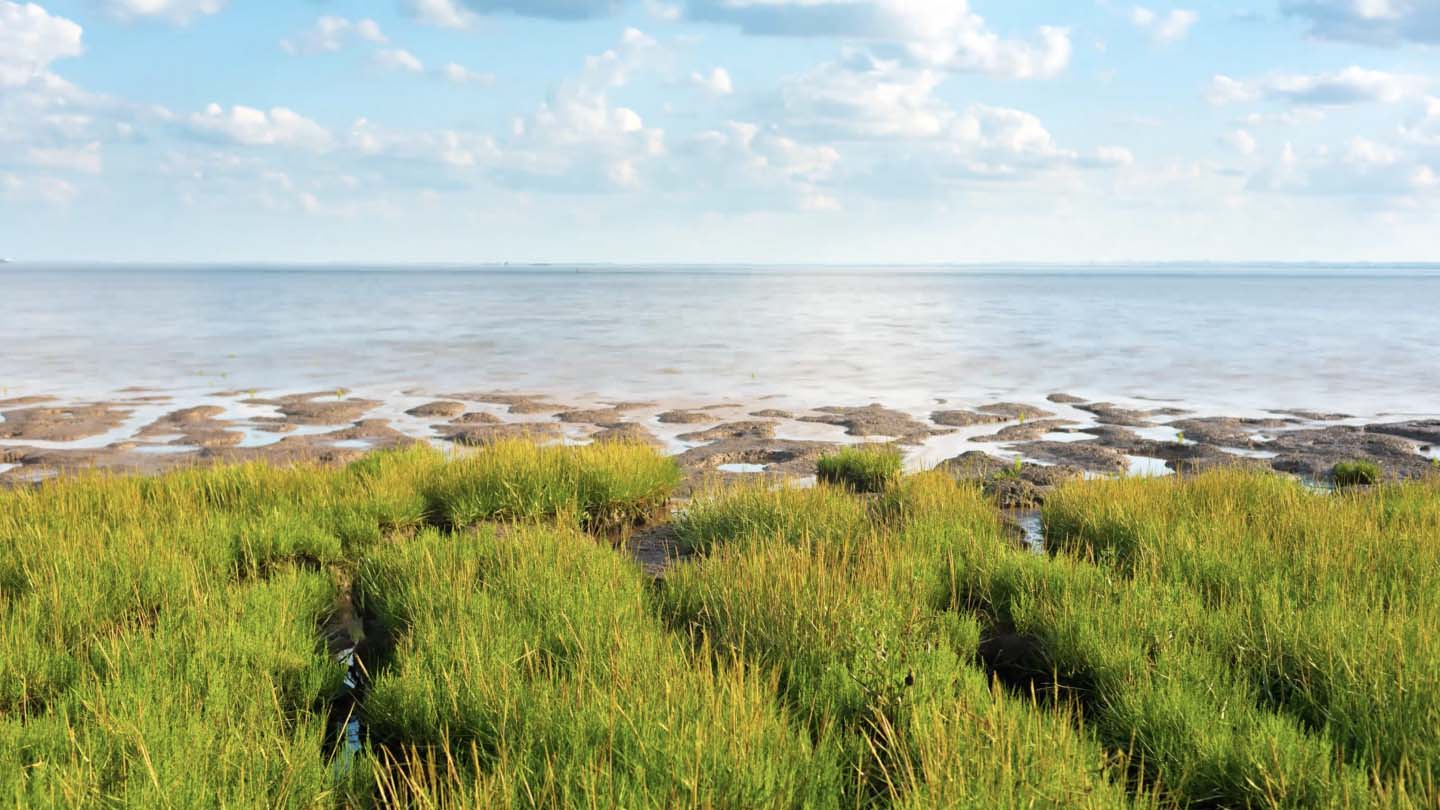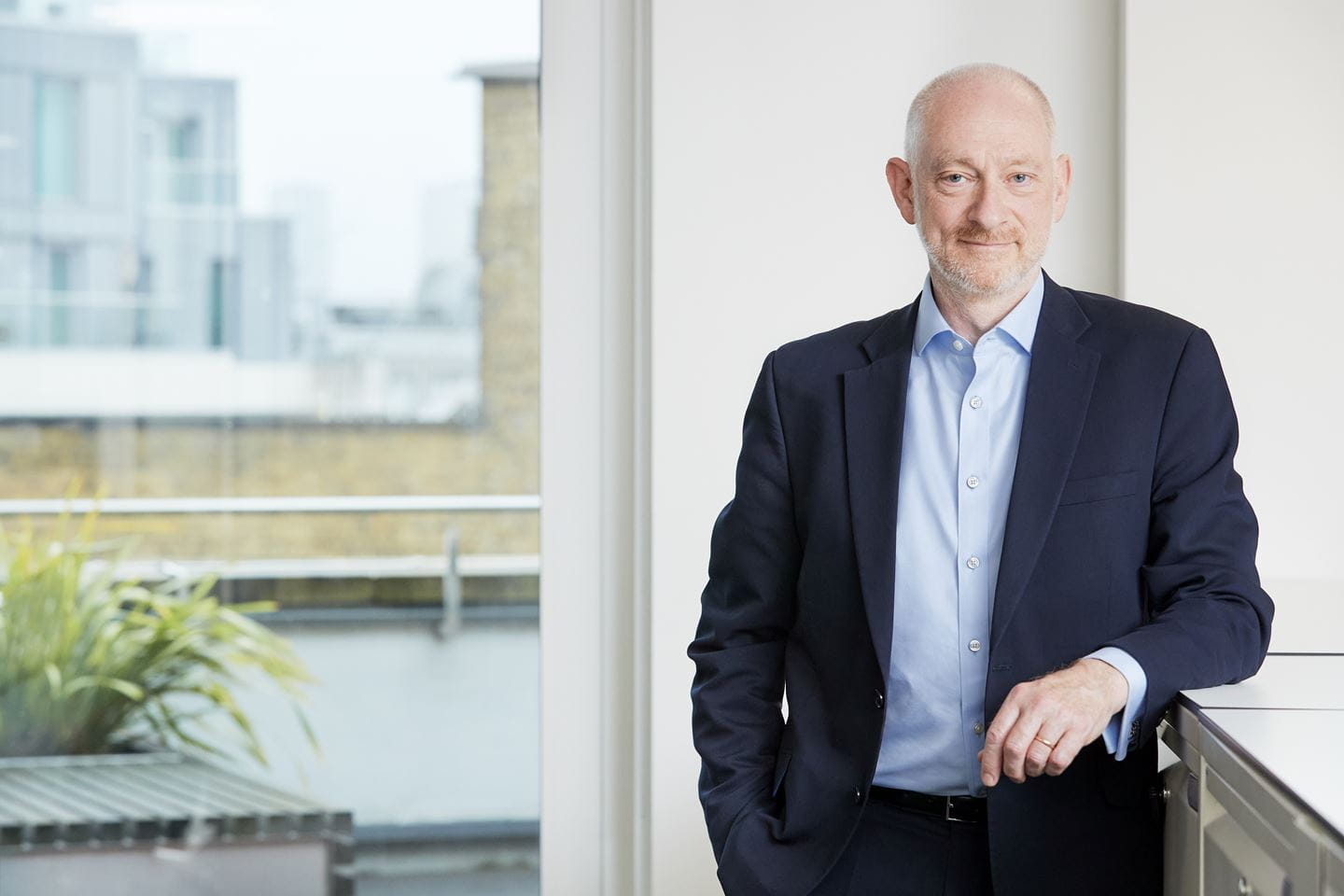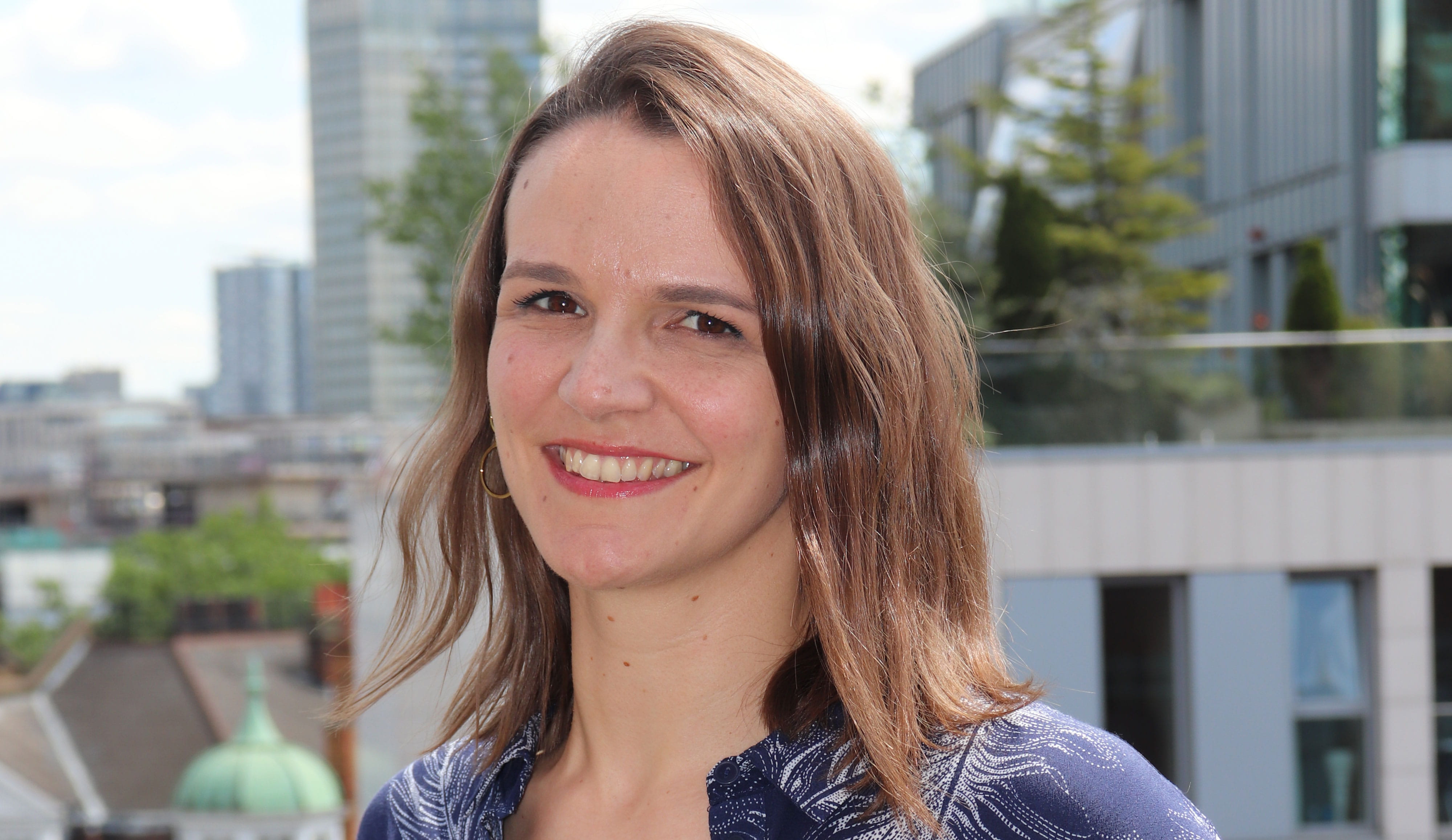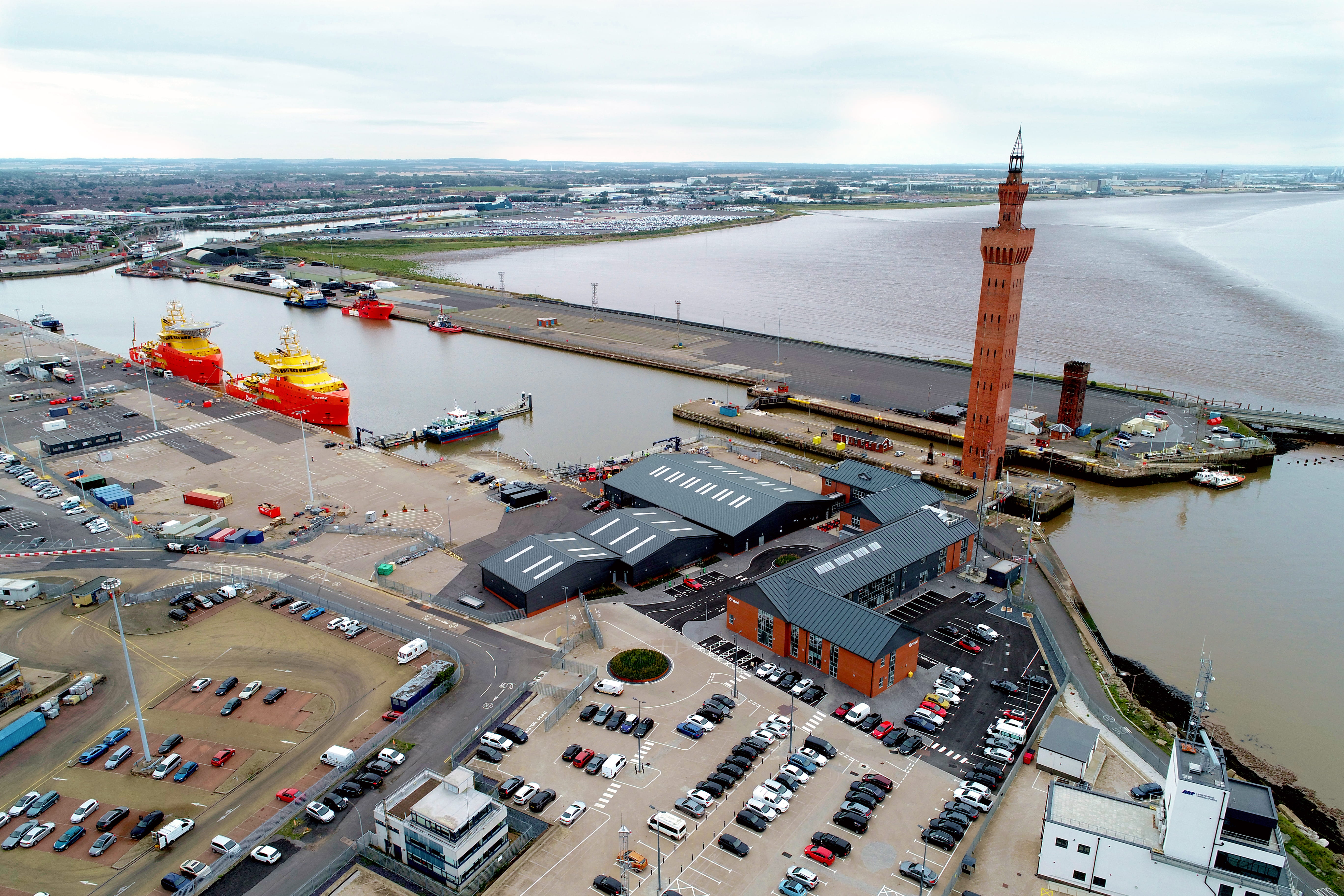“We need to make sure
offshore wind is part of
the solution, not part
of the problem.”
More than 3 billion people rely on the oceans for their livelihood and wellbeing, but they are facing a growing threat from the twin crises of climate change and biodiversity loss.
Offshore wind sits at the nexus of these two challenges: As a source of renewable power, it has a vital role to play in the global transition to green energy – but that must not come at the expense of marine biodiversity.
We need to make sure offshore wind is part of the solution, not part of the problem, if offshore wind is to play its full role in keeping us on track to no more than 1.5 degrees of warming.
We must seize the opportunity to deliver on the energy transition and do it right – in balance with nature and people – leaving nature in better shape than we found it.
As the global leader in offshore wind and the world’s most sustainable energy company, Ørsted is uniquely positioned to help lead the way in tackling these challenges.

Minimising and mitigating impacts
I recently had the privilege of attending the UN Ocean Conference in Lisbon, Portugal. It was an amazing event and gave me the opportunity to collaborate with a range of stakeholders about the role offshore wind can play in addressing both climate change and biodiversity loss.
The scale and speed of the offshore infrastructure build needed to meet global climate goals is both massive and unprecedented: We’ve got to deliver around 2,000 GW by 2050.
That level of deployment means understanding and addressing the biodiversity impact of our industry has become an urgent priority.
In this climate emergency, we must harness nature’s climate mitigation potential: Healthy oceans and restored land ecosystems can help absorb and sequester carbon – and help limit global warming to 1.5 C.
At Ørsted, we’ve set an ambition that all new renewable energy projects we commission from 2030 at the latest should deliver a net-positive biodiversity impact.
We’re already actively working to avoid and mitigate the impact of our activities and we’re also starting to test solutions to deliver on our net-positive ambition.
Since the beginning of this year alone, we’ve kicked off several innovative projects around the world:
- We’ve deployed 3D-printed reefs to contribute to a healthier, more resilient marine ecosystem and support the recovery of cod populations in the Kattegat, a sea area between Denmark and Sweden.
- We’re restoring biodiversity around the UK’s Humber Estuary, planting seagrass, restoring saltmarsh and creating a biogenic reef using native oysters.
- We’re testing the potential of marine rewilding to restore biodiversity in the Netherlands with our partners ARK Nature.
- We’re testing out innovative ways to support warm water coral reefs, which are under severe pressure not least because of climate change, by growing corals on our wind turbine foundations with our ReCoral project in Taiwan.
Collaboration is key
“Collaboration, innovation,
and experimentation will
be key to delivering
science-based solutions.”
We’re partnering with local NGOs and marine biologists on all those projects because while we see ourselves as a custodian of the ocean, we know we don’t have all the answers. Everyone has a part to play, and all users of the oceans need to take responsibility for their environmental impacts.
That means we need to work together with other ocean-based industries, as well as governments, the scientific community, NGOs and local communities as we search for integrated solutions.
Collaboration, innovation, and experimentation will be key to delivering science-based solutions as well as methods for measuring biodiversity impacts and outcomes in the ocean environment. For instance, we're engaging with the Science Based Targets Network to set measurable targets for biodiversity.
But if anything, the wide range of projects we’ve already launched this year demonstrates the huge range of ideas we’re going to need to explore as offshore wind accelerates globally into new ecosystems and communities.
Ørsted is blessed with an incredible team of marine biologists, environmentalists, and biodiversity specialists who are incredibly knowledgeable about the challenges we face. We need to build on their knowledge and passion to come up with solutions.
We can solve this, together
So, what are our next steps?
Delivery. Taking actions.
We need to develop tools for our projects to build upon to be able to deliver our ambition for biodiversity net-positive impact from 2030. Our projects mentioned above are at the core of this and we are exploring further opportunities for taking action.
Climate change and biodiversity loss are two interrelated crises that can only be solved together: We must do everything we can to simultaneously limit global warming to 1.5 °C and improve the health of our oceans, and we believe our actions will help demonstrate that offshore wind can play a vital role in both.
It’s the right thing to do. And that’s what Ørsted is all about.


